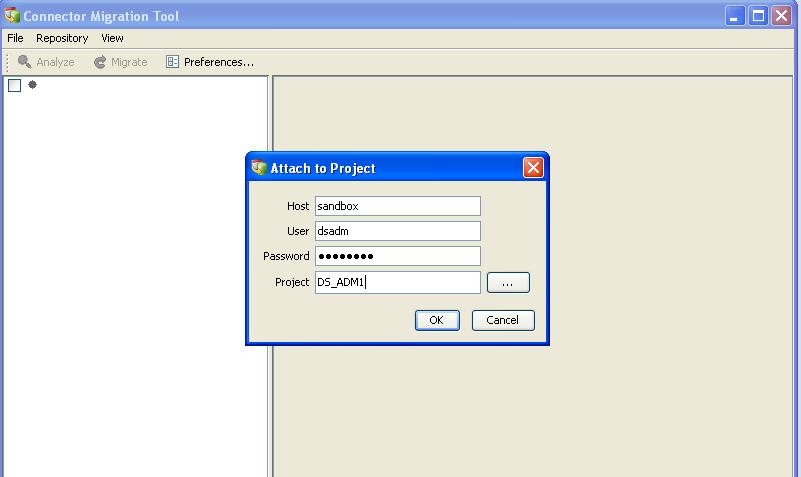
So as long as I stick within this "optimum range" I should be right?Īlso, I noticed that different wheels have different offsets. Of course, I am running 255 on a 7.5" rim & they are fine, but as has been pointed out elsewhere, this combo may not work for everyone & will be dependent on the tyre construction.Thanks mate. So, the practical upside of this is that if you get a 7.5" width rim, you should fit a 235 or 225 width tyre, if you get an 8" width you can go wider.

If you look up data from tyre manufacturers, they will give you a range of rim widths for the tyre you want to fit. for a 235/45R17 tyre, the rim width "should" be 7.5 to 9 inches, for a 245/40R17 it "should" be 8 to 9.5 inches, for a 255/40R17 it "should" be 8.5 to 10 inches etc. Once you go outside of this range, people start telling you that you can't do certain things.Į.g. Datastage does not provide complete error handling support.There's an optimum rim width range for each tyre size. So, fixing issues become easier in Informatica. The reason being I have found Informatica more systematic and user-friendly than DataStage.Īnother strong reason is that debugging and error handling is much better in Informatica as compared to Datastage. In my personal opinion, I would go with Informatica over Datastage.

Informatica provides very powerful dynamic cache lookup However, we don’t have this functionality available in datastage.ĭatastage offers more variety of transformations than Informatica. Informatica supports version controlling through check-in and check-out of objects. Datastage supports SCDs merely through custom scripts. However, it is complex to implement SCDs in datastage. It is quite simple to implement SCDs (Slowly changing dimensions) in Informatica. In contrast to this, datastage provides mechanism for parallel processing. Informatica does not support parallel processing. Compiling the job checks for the syntax of the job and creates an executable file for the Datastage job that can be executed at run time. Then we need to compile the Datastage job. Then we will be connecting these data states through sequential links.Īfter this, we need to configure the stages so that they point to the correct filesystem or database.įor example: For the Sequential file stage, we need to define the mandatory parameters like the file name, file location, column metadata. So, for this, we will select DB2 connector stage. We can write any logic under the Transformer stage.įinally, we need to load the processed data to some target table. We will use ‘Transformer’ stage which is available under the Processing category. Now, we need to perform some transformation on top of this data. In this case, we will drag and drop the ‘Sequential File’ stage to the parallel job window. Supports American and European time conventions, depending on your browsers locale. If you want to know how many hours there are between two times, our hours calculator will do the job.
Difference between datastage 7.5 and 8.5 free#
Suppose we are reading data from a text file. A free online calculator to determine the difference between any two times in hours. In this, we first need to extract the data from the source system for which we can use either a file stage or database stage because my source system can either be a database table or a file. The simplest DataStage job is an ETL job. In this Parallel job, we can put together different stages and define the data flow between them.


but for sandals, they would slip off every second. I could wear a 6.5 in sneakers because my socks would fill in the gap. Like most people said- it depends on the shoe. Maybe you can get those heel pads to help create a tighter fit. What are the steps needed to create a simple basic Datastage job?Ĭlick on the File -> Click on New -> Select Parallel Job and hit Ok. I wear a size 6 too and there is a big size difference between a 6 and 6.5 for me.


 0 kommentar(er)
0 kommentar(er)
